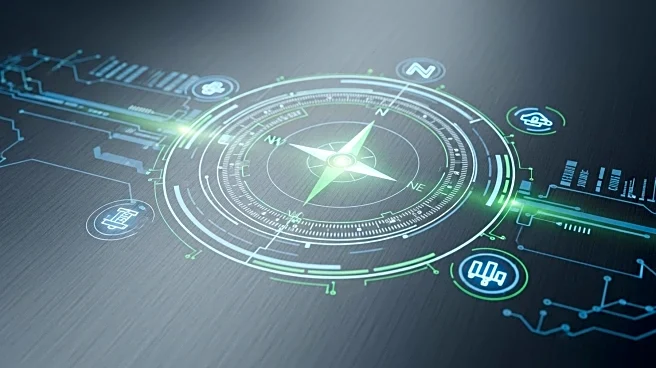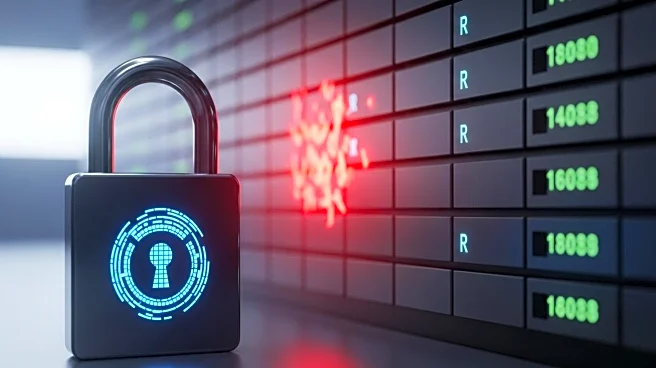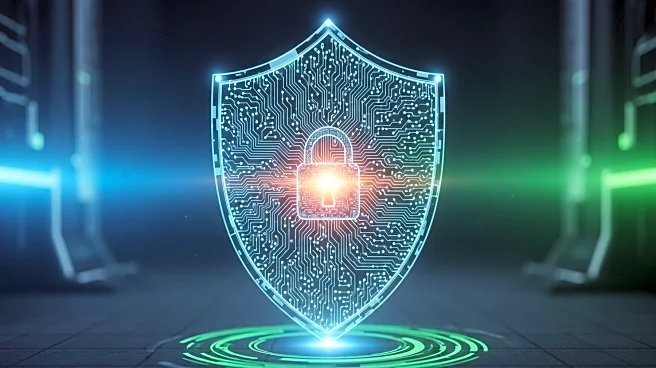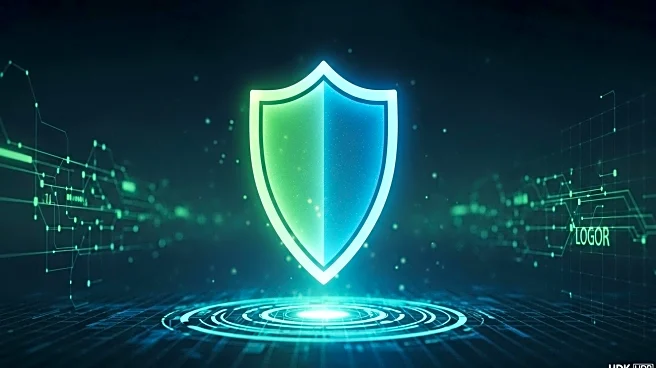What is the story about?
What's Happening?
Threat actors are increasingly using living-off-the-land (LOTL) tactics to evade detection, as highlighted in HP Wolf's Q2 2025 Threat Insights Report. These tactics involve using multiple, often uncommon binaries and novel uses of image files, complicating the task for security teams to differentiate between malicious and legitimate activities. One incident involved attackers chaining LOTL tools to deliver XWorm malware, a remote access Trojan (RAT) capable of data theft and remote control. The attack began with malicious Compiled HTML Help (.chm) files disguised as project documentation, containing scripts for multi-stage infections. The final payload was hidden in image pixels downloaded from trusted sites, decoded via PowerShell, and executed through MSBuild. Additionally, attackers used scalable vector graphics (SVG) files to deliver malware, exploiting their ability to open in default browsers and mimic legitimate interfaces.
Why It's Important?
The use of LOTL tactics and novel file types poses significant challenges for cybersecurity in the U.S., as these methods can bypass traditional security measures. The ability to disguise malware within seemingly benign files increases the risk of data breaches and system compromises, affecting businesses and government agencies. The evolving techniques highlight the need for advanced detection systems and continuous monitoring to protect sensitive information. Organizations may face increased costs and resource allocation to enhance cybersecurity measures, impacting their operational efficiency and financial stability.
What's Next?
Security teams are expected to develop more sophisticated detection methods to counter these evolving threats. This may involve investing in AI-driven security solutions and enhancing employee training to recognize phishing attempts and suspicious file types. Collaboration between cybersecurity firms and government agencies could be crucial in sharing threat intelligence and developing standardized protocols to mitigate risks. The ongoing adaptation of threat actors suggests a continuous arms race in cybersecurity, necessitating proactive measures and innovation in defense strategies.
Beyond the Headlines
The ethical implications of these attacks are profound, as they exploit trust in digital communications and legitimate software tools. The use of trusted websites and file types to deliver malware raises questions about the responsibility of tech companies in safeguarding their platforms. Additionally, the cultural impact of increased cyber threats may lead to heightened public awareness and demand for privacy and security in digital interactions.
AI Generated Content
Do you find this article useful?














